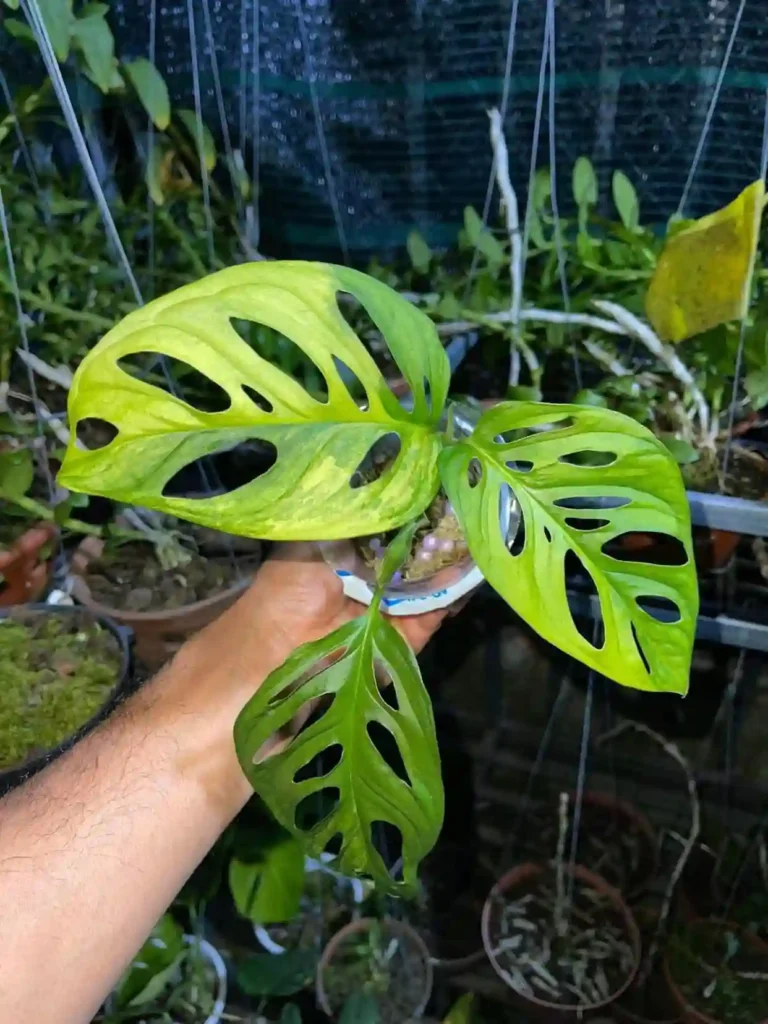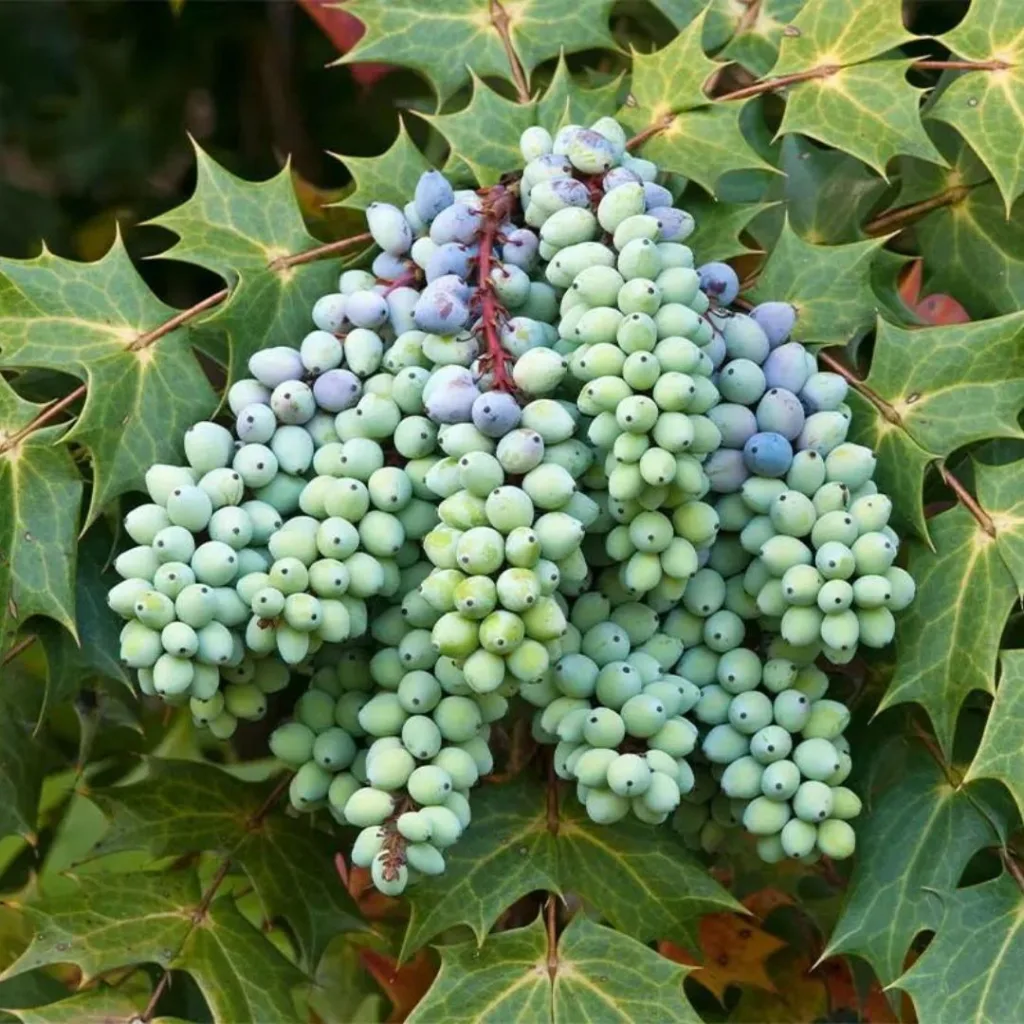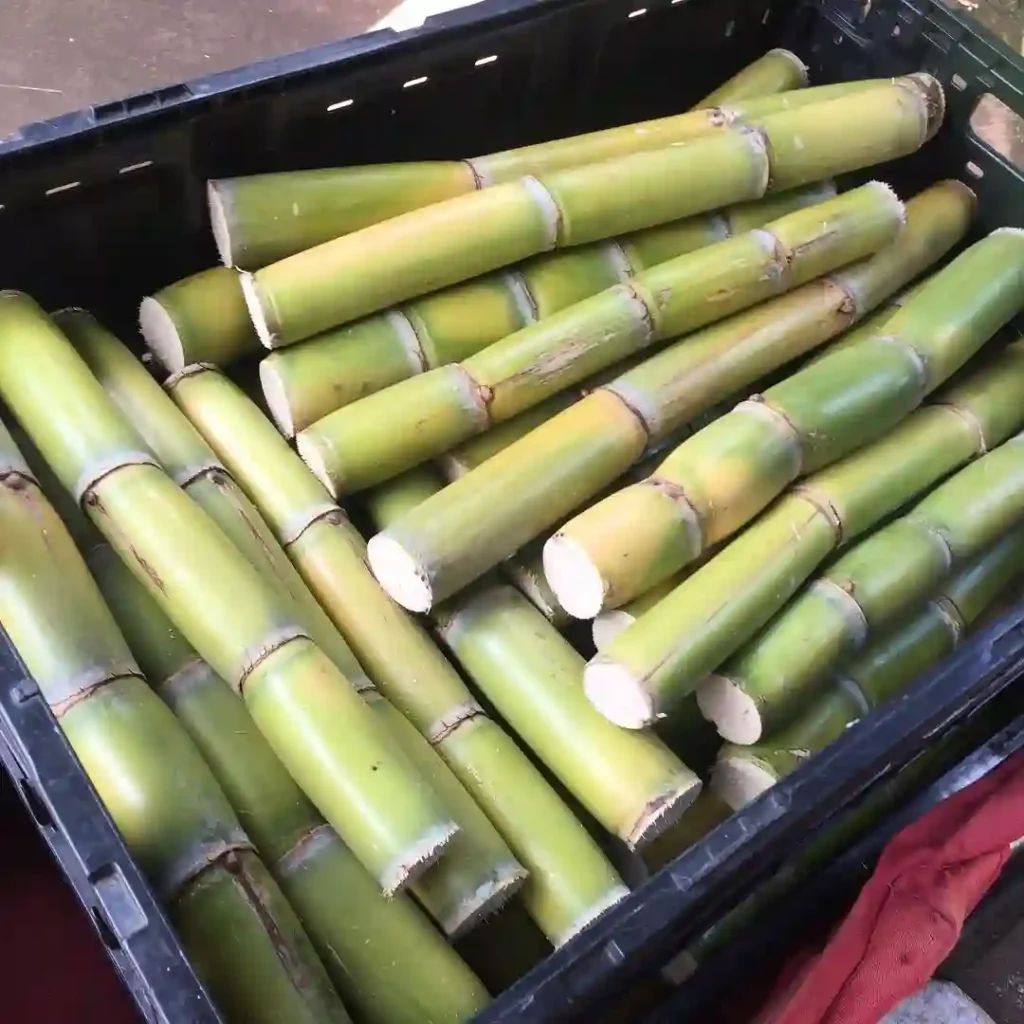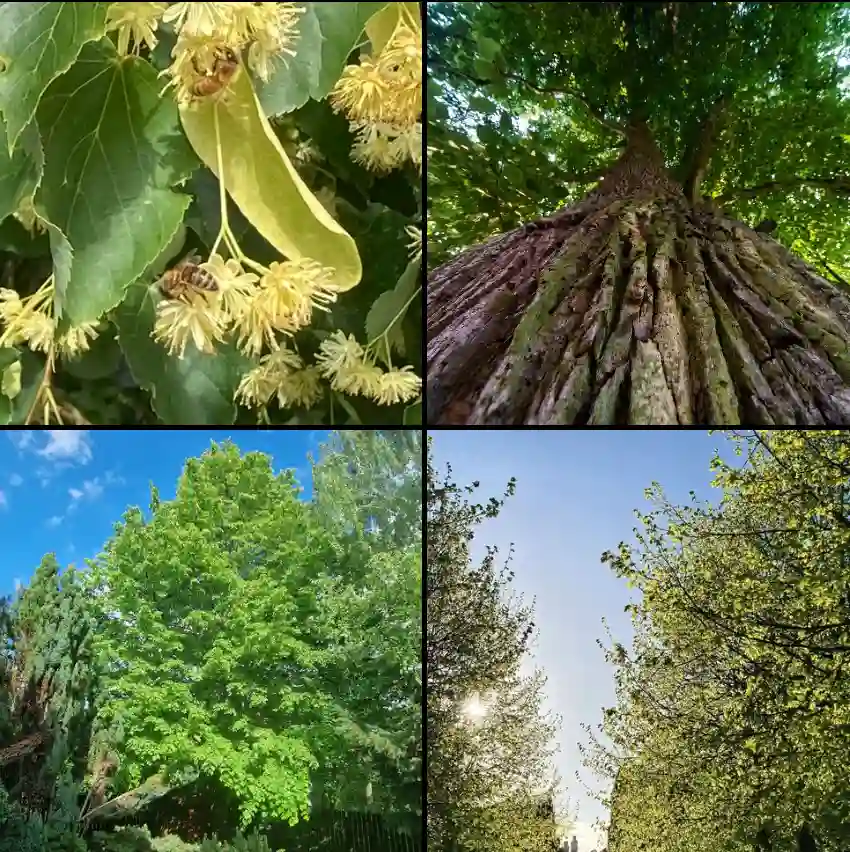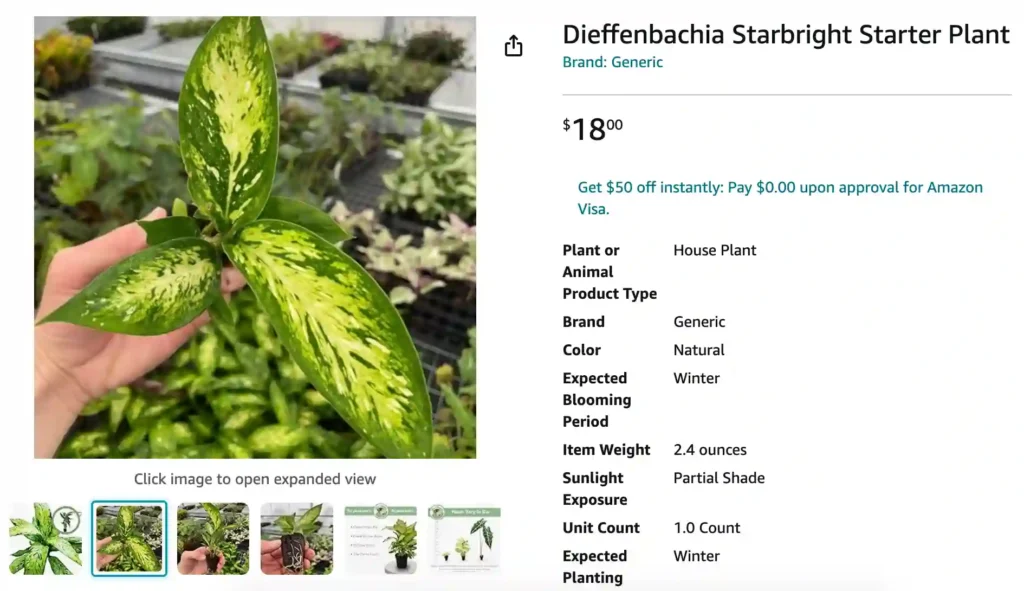
Dieffenbachia Starbright: Your Guide to This Dazzling Houseplant
Hi there, Ferb Vu here! Today, we’re diving into the world of the Dieffenbachia Starbright, a stunning houseplant that brings a touch of the tropics indoors.
This easy-care beauty is known for its vibrant, variegated foliage and lush presence. But before you bring one home, let’s answer some common questions about the Dieffenbachia Starbright.
60 Species in Genus Dieffenbachia
Light Requirements: Sun Worshipper or Shade Dweller?
The Dieffenbachia Starbright thrives in moderate, indirect light. Think dappled sunlight filtering through trees. Direct sun can scorch the leaves, so avoid south-facing windows. Don’t worry if your home leans a bit shady – this plant can tolerate lower light conditions, although growth might slow down.
Watering Needs: Finding the Perfect Balance
The Dieffenbachia Starbright prefers consistently moist soil, but not soggy. Here’s a simple trick: Stick your finger into the soil about an inch deep. If it feels dry, it’s watering time. During the growing season (spring and summer), you might need to water more frequently. In winter, allow the soil to dry slightly between waterings.
Remember: Overwatering is a common enemy of houseplants. Drainage is crucial, so ensure your pot has drainage holes to prevent waterlogging.
Dieffenbachia Starbright vs. Dieffenbachia Seguine: What’s the Difference?
Both the Dieffenbachia Starbright and Dieffenbachia Seguine (also known as Dumb Cane) are popular houseplants with beautiful variegated leaves. However, some key differences set them apart.
- Leaf variegation: The Starbright boasts a bolder, creamier variegation pattern compared to the Seguine’s more subtle lime green and white marbling.
- Growth habit: The Starbright tends to grow taller and more upright, reaching up to 4 feet, while the Seguine stays more compact, often bushy.
Choosing between them: If you crave a striking statement plant with pronounced variegation, the Starbright is your champion. If you prefer a bushier plant for a tabletop display, the Seguine might be a better fit.
Taming the Tropics: Temperature and Humidity for a Happy Starbright
The Dieffenbachia Starbright hails from tropical regions, so it prefers warm temperatures between 65-80°F (18-27°C). Avoid placing it near cold drafts or air conditioners.
Humidity is another factor to consider. While it appreciates some moisture in the air, average room humidity is usually sufficient. If your home leans dry, occasional misting or placing the pot on a pebble tray filled with water can help.
Keep in mind: Avoid sudden temperature fluctuations, which can stress the plant.
Feeding Frenzy: Does the Dieffenbachia Starbright Need Fertilizer?
The Dieffenbachia Starbright isn’t a heavy feeder. A balanced houseplant fertilizer applied once a month during the growing season (spring and summer) is enough. During winter, you can hold off on fertilization altogether.
Less is more: Overfertilizing can damage the roots, so err on the side of caution.
Safety First: Is the Dieffenbachia Starbright Toxic?
Unfortunately, yes. The Dieffenbachia Starbright, like many Dieffenbachia varieties, contains calcium oxalate crystals, which are toxic if ingested. This makes it a plant to keep out of reach of children and pets.
Symptoms of ingestion: If ingested, it can cause mouth irritation, swelling, and even vomiting.
Precautionary measures: If you have curious pets or young children, it might be best to choose a non-toxic houseplant variety.
Troubleshooting Common Dieffenbachia Starbright Problems
Droopy leaves: This could be a sign of overwatering or underwatering. Check the soil moisture and adjust your watering routine accordingly.
Brown leaves: Leaf scorch from too much direct sunlight is a culprit. Alternatively, dry air or underwatering can also cause brown leaves.
Pests: Mealybugs and spider mites can occasionally bother your Dieffenbachia Starbright. Insecticidal soap or neem oil spray can be used to control them organically.
Slow growth: This could be due to insufficient light or lack of nutrients. Ensure the plant receives adequate indirect light and fertilize it during the growing season.
With a little TLC, your Dieffenbachia Starbright will thrive for years to come, adding a touch of tropical flair to your indoor space.
If i die, water my plants!
